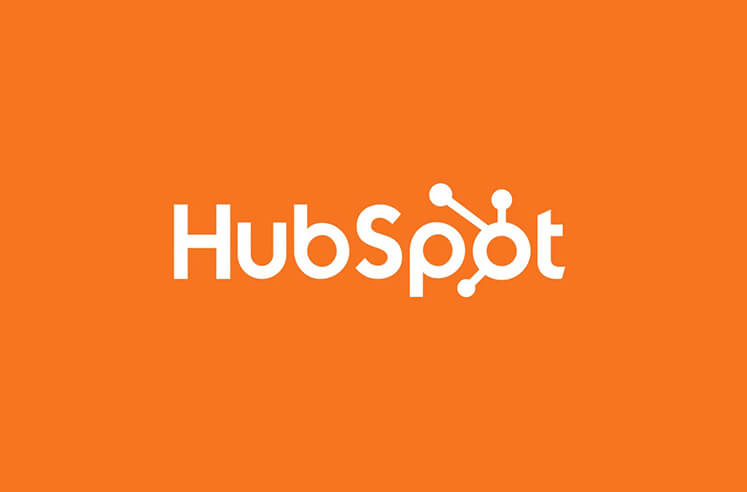
CRM systems like HubSpot are immensely important. They provide an invaluable connection between the organization and its customers. There is hardly a better way to capture data at the point of interaction with clients. It allows witnessing the detailed journey from prospect to customer to enthusiastic supporter.
Yet despite its usefulness, data can be a double-edged sword. Detailed as it is, it can mask trends, slow down decision making, and overwhelm the end user. Why? CRMs are transactional in nature. They weren’t created to serve as analytics systems. Because of that, they can’t help you determine why some reps are doing better than others. Nor do they provide the insight to determine whether your business development team is engaging the right prospects through the proper channels. Or even if you have sufficient pipeline to meet your quarterly targets.
Understanding what is really driving your business requires a different approach. More often not, users opt for a dedicated analytics system to complement the transaction CRM system.With a powerful analytics suite at your disposal, you can make sense of data, operationalize the insight,and get your company to the next level.
What to Do When You Outgrow HubSpot
We’re all familiar with the endless cycle of exporting, importing, looking up, pivoting, deriving, and aggregating spreadsheets. We’ve become so accustomed to doing it this way, that it almost seems like there is no alternative. Many organizations subscribe to this painful philosophy.
Not only is the process extremely inefficient, it barely covers the basic analytic requirements of a sales and marketing team. And as the business grows in size and complexity, it becomes increasingly inadequate. CRMs are simply not built for analytics. This calls for a new approach.
Analytics Approach
There are several actionable steps you can make to change your approach. The transition to a more analytics-oriented process may seem daunting at first, but its effectiveness will quickly convince you otherwise.
Get Comfortable with Your Data
Chances are you already have a lot of data in your CRM. The first step is to assess its value and validity. Export it to Excel. Is it complete? Are there any gaps? Is everyone gathering the same data? Evaluate carefully as this will be the basis of your new approach.
Invest in a Third Party Analytics Software
Sales and marketing leaders need the ability to rigorously analyze the data. HubSpot has all the base elements present, but it does not provide the ability to conduct a detailed data audit. This is where third party providers like MoData come in.
MoData is a SaaS application that connects directly to the underlying CRM and fetches data in real time. It delivers structured access to the most current data at all times. Additionally, MoData provides a level of advanced analytics you simply cannot find in the native HubSpot environment including probability weighted forecasting, advanced filtering and selection, trending analyses, deal transition reporting, and activity tracking. Each of these merits additional discussion, but the last two are especially critical to sales leaders.
- Deal transition reporting – HubSpot records current deal stages, but does not provide access to historic data. You can’t track deal progress over time, which puts a severe limitation on your analytics and forecast abilities. Being able to slice and dice deal stage transition by product, rep and deal type is a powerful diagnostic tool for sales leaders.
- Activity tracking – The ability to track activity across teams and channels is essential for sales leadership. Activity is a strong predictive indicator and highly correlated with successful sales. The more a sales rep engages through different channels, the higher the statistical probability for closing the deal (providing value in those engagements is also crucial). Being able to view activity by rep and by channel on a weekly basis is a powerful and highly predictive indicator of future bookings.
Start Measuring Sales Rep Deal Probability
Out of the box, Hubspot predefines many of the essential sales pipeline metrics. However, there is one metric that we have found to be very valuable… Sales Rep Deal Probability. Hubspot has a built in capability for associating probability with each deal stage. This is a nice feature, but it ignores the nuances on the way deals actually develop and mature.
For example, a deal stage of “proposal sent” might be associated with a deal stage probability of 60%. However, what if this is a competitive process and you are one of 5 respondents? Your true probability may be closer to 20%, or even less.
Adding Sales Rep Deal Probability allows you to forecast with a much higher accuracy than simple Deal Stage probabilities. Armed with this new metric, you can now start categorizing deals into logical groupings based on probability. “Most Likely” could reflect deals with 90% probability or better, while “Best Case” might tracks deals between 70% and 90%. As reps become more comfortable with this approach, consider introducing a “Commit” flag for deals. These are deals that the rep is committing to close by the end of the fiscal period, at the risk of their professional reputation. The best reps will always have multiple paths to meeting their commitment.
Artificial Intelligence
Artificial intelligence has garnered a lot of attention in recent years. The technology has developed immensely. Self-driving cars, smart appliances, search engines, and of course virtual assistants all use some form of machine learning. It has also made its way in sales analytics – AI-based forecasting, in particular.
With its high volume of transactions and high level of detail, HubSpot offers the perfect environment for an AI algorithm to learn. This is especially true for sales forecasting. The algorithm can use reps’ individual tendencies as part of the forecast. It’s easy for AI to catch “sand baggers” who consciously “low-ball” their forecast in order to overachieve. Or an overly optimistic “happy ears” rep who ends up disappointing everyone at the end of the fiscal period. These biases can ruin a proper sales forecast. Fortunately, the machine learning algorithms in tools like MoData take them into consideration in the forecasting models and make more accurate predictions.
Automation
Automation is one of the key themes associated with HubSpot. It plays an important role in the process of compressing the sales cycle and increasing deal velocity. Approaching automation in a coordinated manner is crucial.
We all have heard the adage that customers strongly lean to purchasing from the person that responds first. According to insidesales.com, 35% – 50% of sales go to the first respondent. That only tells part of the story. 74% of buyers chose the salesperson that was first to add value and insight.
This is where coordination comes in. Developing HubSpot workflows that engage, add value and progressively qualify leads as they move through the demand funnel requires tight coordination with marketing. Marketing is the steward of content that is incorporated into these automated workflows and plays an important role ensuring that the right piece is delivered at the right time with an appropriate degree of personalization.
Conclusion
By design, HubSpot and other CRM systems are transactional in nature. They don’t offer you the advance analytics functions you need to navigate the sales process at a higher level. Sales managers require data in a structured and easy to access manner in order to make informed decisions. HubSpot is just not enough to achieve all of this.
Third party companies offer advanced analytics systems coupled with machine learning algorithms for maximum efficiency. They allow for detailed functionality and ways to use the data gathered from CRMs more successfully. Have you tried any of them?




